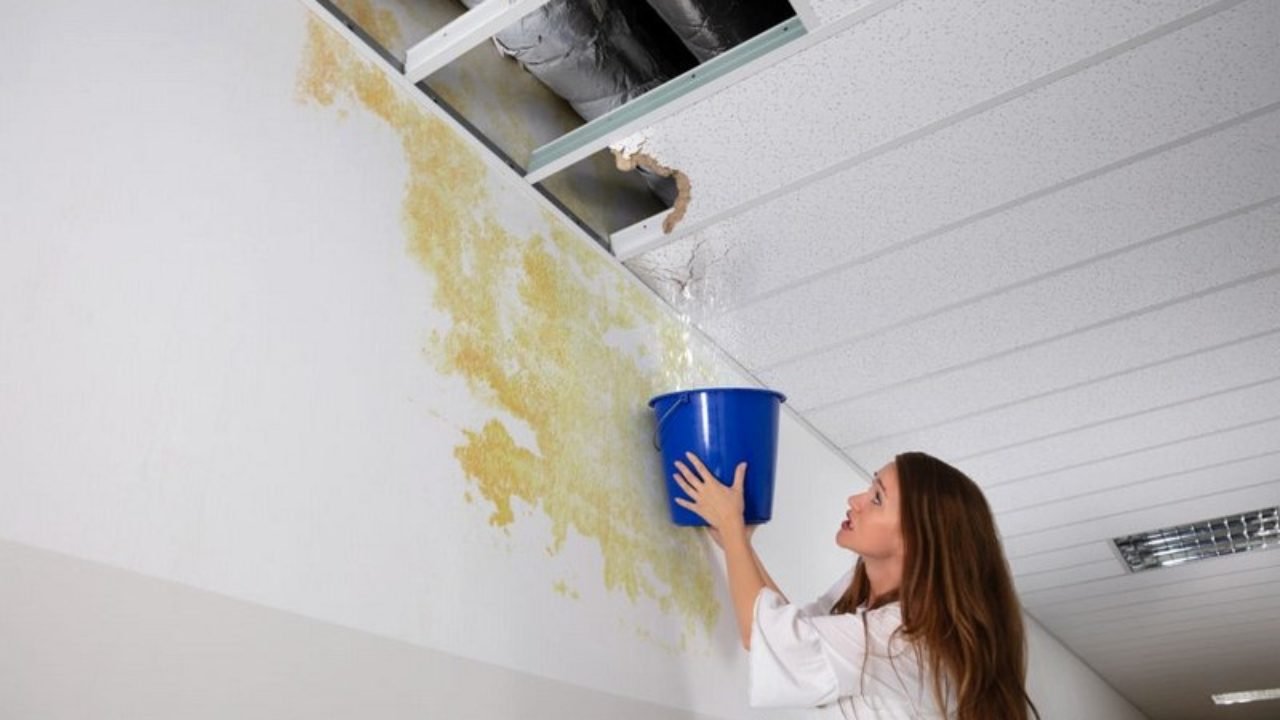The Home's Primary Frequent Leak Triggers: Examination
The Home's Primary Frequent Leak Triggers: Examination
Blog Article
How do you actually feel about Top Causes of Home Water Leaks?

Leaks not just cause waste of water but can also cause unnecessary damage to your home and also promote undesirable organic growth. Unfortunately, water leakages could go undetected since most of the pipework in our house is hidden. By recognizing as well as looking for everyday circumstances that create leakages, you can safeguard your house from future leakages and unnecessary damage. Today, we will certainly check out 6 leakage triggers that may be triggering your pipes to trickle.
Trespassing origins
A lot of water leakages start outside your house instead of inside it. If you observe an unexpected decrease in water pressure, state in your faucet, take some time to head out and analyze your yard. You might notice damp spots or sinkholes in your backyard, which could indicate that tree roots are invading water lines triggering water to seep out. You can have your plumber check for invasion, specifically if you have trees or shrubs near your residential property.
Rusty water systems
As time passes by, your plumbing system ages as well as corrosion such as corrosion may start eating away the pipelines. This may be the source of staining or bending on your pipes. This calls for an examination with your plumber right away. Consider changing the pipelines because they are at a higher danger of corrosion than the more recent designs if our plumbing system is old.
Defective Pipeline Joints
Pipe joints can degrade over time, resulting in water leaks. If you have noisy pipelines that make ticking or banging sounds, especially when the hot water is turned on, your pipeline joints are probably under a whole lot of stress.
Immediate temperature level adjustments.
Extreme temperature adjustments in our pipelines can trigger them to broaden and also contract all of a sudden. This development and also tightening may trigger splits in the pipes, especially if the temperature level are below freezing. It would certainly be best if you watched on just how your plumbing works. The existence of the previously discussed scenarios often shows a high risk.
Poor Water Connectors
At times, a leak can be triggered by loosened hose pipes as well as pipelines that provide your devices. Generally, shifting is what creates the loosened water Links. You could discover when it comes to a cleaning maker, a tube may spring a leak because of trembling during the spin cycle. In case of a water connections leak, you might discover water running directly from the supply line or pools around your appliances.
Obstructed Drains
Obstructed drains pipes may be aggravating as well as inconveniencing, yet they can often end up causing an overflow leading to rupture pipelines. Maintain eliminating any type of materials that might drop your drains pipes that can clog them to avoid such aggravations.
All the above are root causes of leakages but not all water leakages result from plumbing leakages; some leakages might originate from roofing leakages. All leaks need to be fixed quickly to stay clear of water damages.
Leaks not only trigger waste of water however can likewise create unneeded damage to your home as well as promote undesirable natural development. By looking and recognizing for day-to-day circumstances that create leaks, you can protect your house from future leaks and also unneeded damages. Today, we will look at 6 leakage causes that might be causing your pipes to leak.
At times, a leak can be caused by loose hose pipes as well as pipes that supply your devices. In situation of a water connections leakage, you might see water running straight from the supply line or pools around your devices.
How To Check For Water Leak In Your Home
How To Check for Leaks
The average household's leaks can account for nearly 10,000 gallons of water wasted every year and ten percent of homes have leaks that waste 90 gallons or more per day. Common types of leaks found in the home are worn toilet flappers, dripping faucets, and other leaking valves. These types of leaks are often easy to fix, requiring only a few tools and hardware that can pay for themselves in water savings. Fixing easily corrected household water leaks can save homeowners about 10 percent on their water bills.
To check for leaks in your home, you first need to determine whether you're wasting water and then identify the source of the leak. Here are some tips for finding leaks:
Take a look at your water usage during a colder month, such as January or February. If a family of four exceeds 12,000 gallons per month, there are serious leaks.
Check your water meter before and after a two-hour period when no water is being used. If the meter changes at all, you probably have a leak.
Identify toilet leaks by placing a drop of food coloring in the toilet tank. If any color shows up in the bowl after 10 minutes, you have a leak. (Be sure to flush immediately after the experiment to avoid staining the tank.)
Examine faucet gaskets and pipe fittings for any water on the outside of the pipe to check for surface leaks.
Undetected water leaks can happen without the home or business owner even realizing. If you suspect a water leak, but not able to find the source. It is time to contact a professional water leak detection service, The Leak Doctor.
How To Find a Water Leak In Your Home
https://www.leakdoctor.com/blog/How-To-Check-For-Water-Leak-In-Your-Home_AE197.html

Do you really like reading about How to detect water leaks in your home? Make a review below. We would be interested to find out your ideas about this page. We are looking forward that you visit us again soon. So long as you enjoyed reading our blog entry please remember to pass it around. Thank you for your time. Come back soon.
Perfect solution? Dial! Report this page